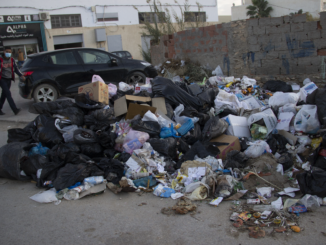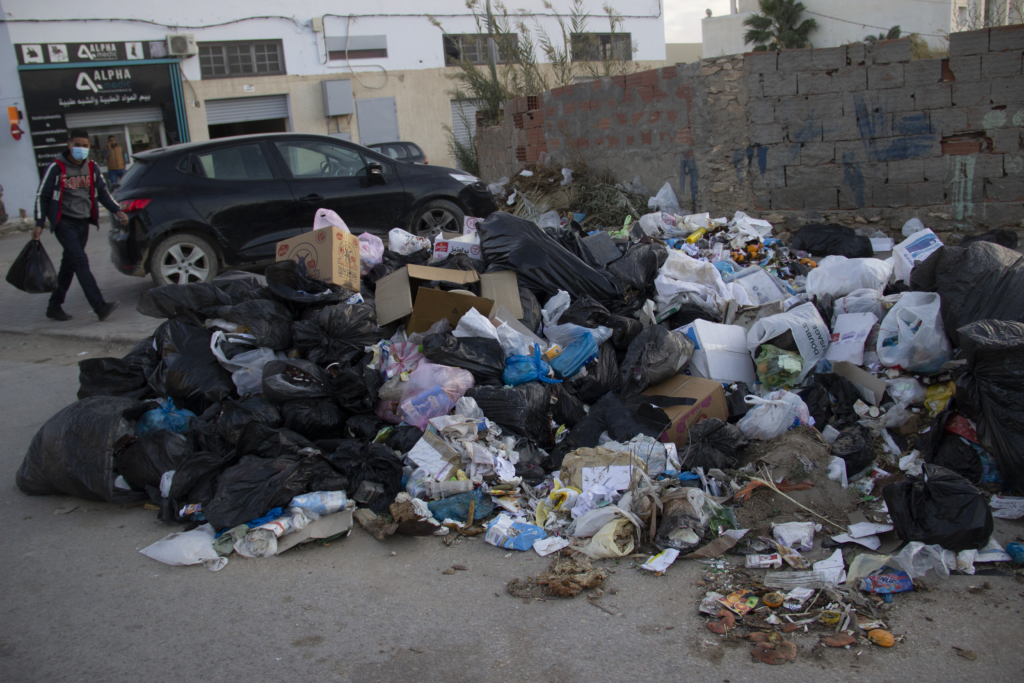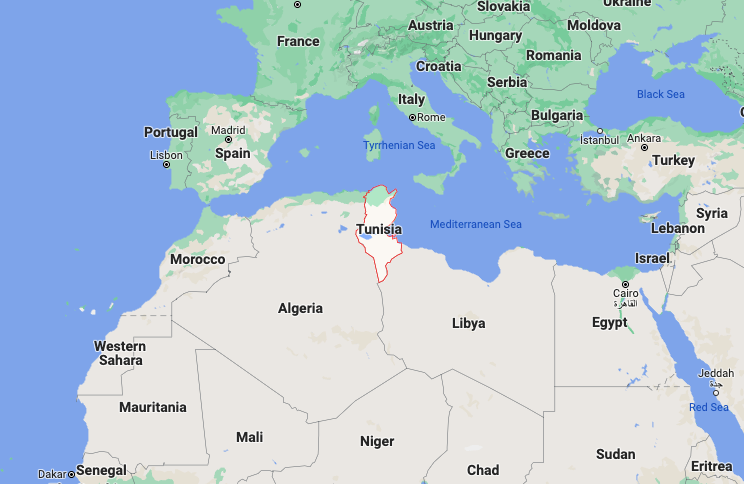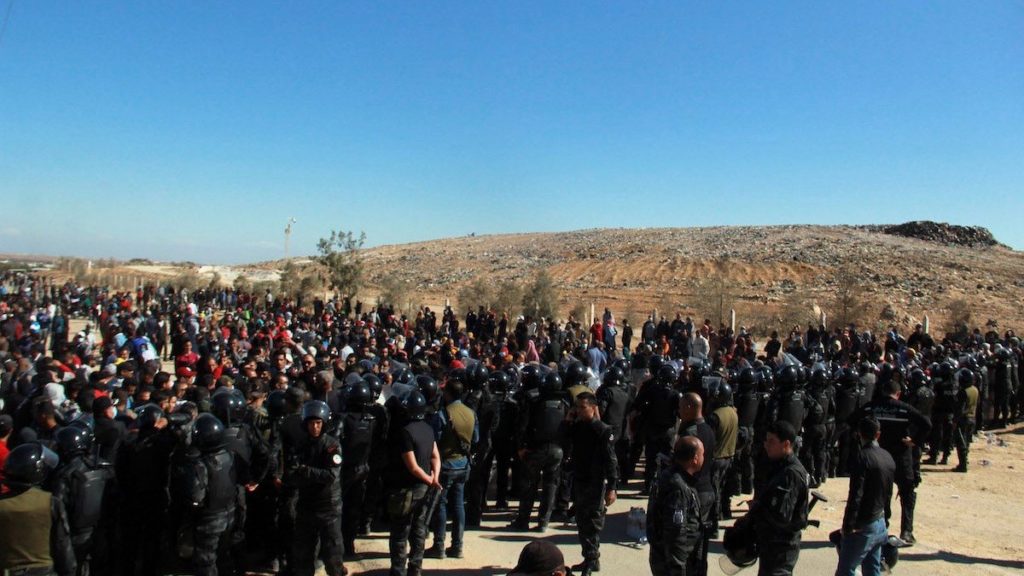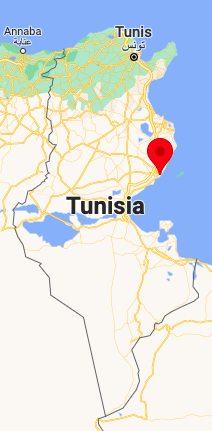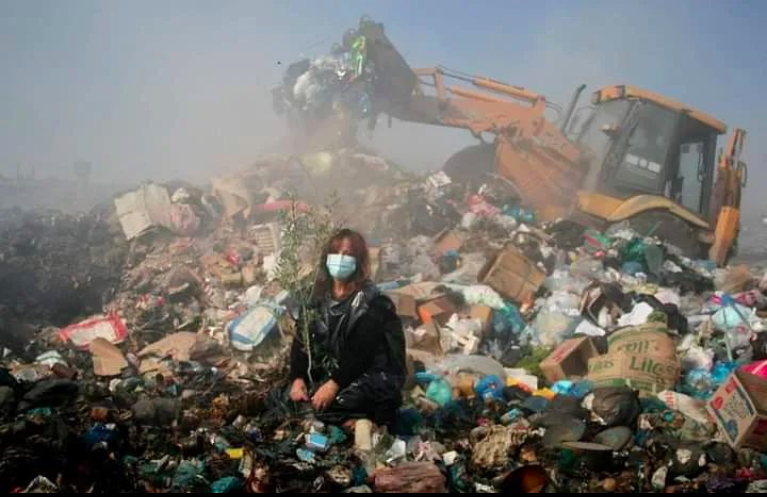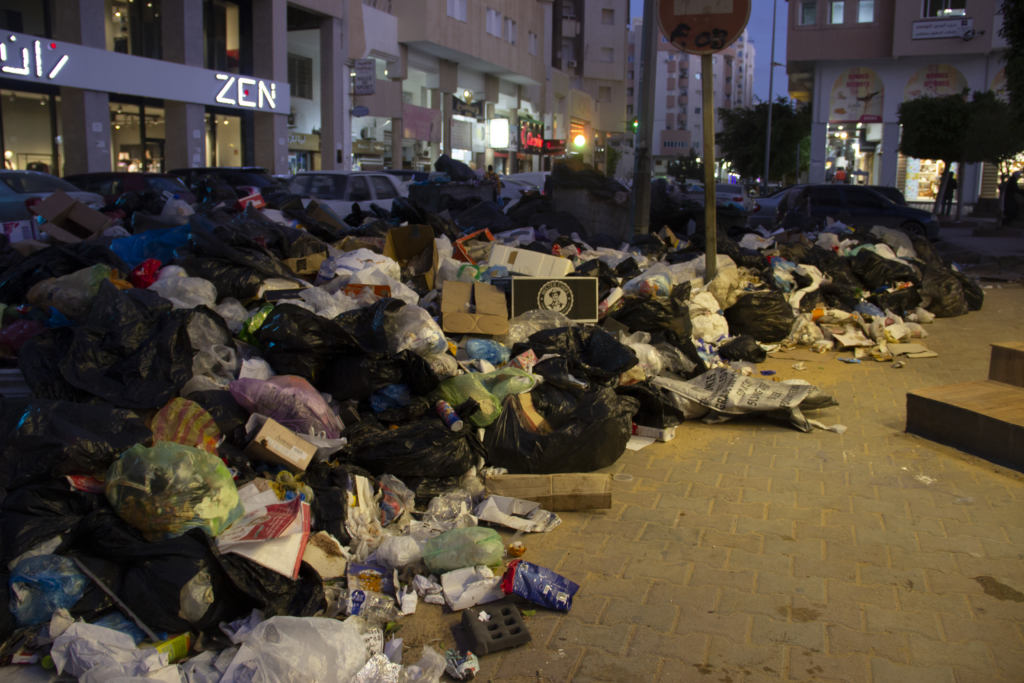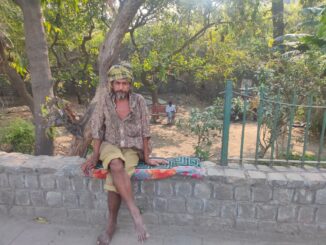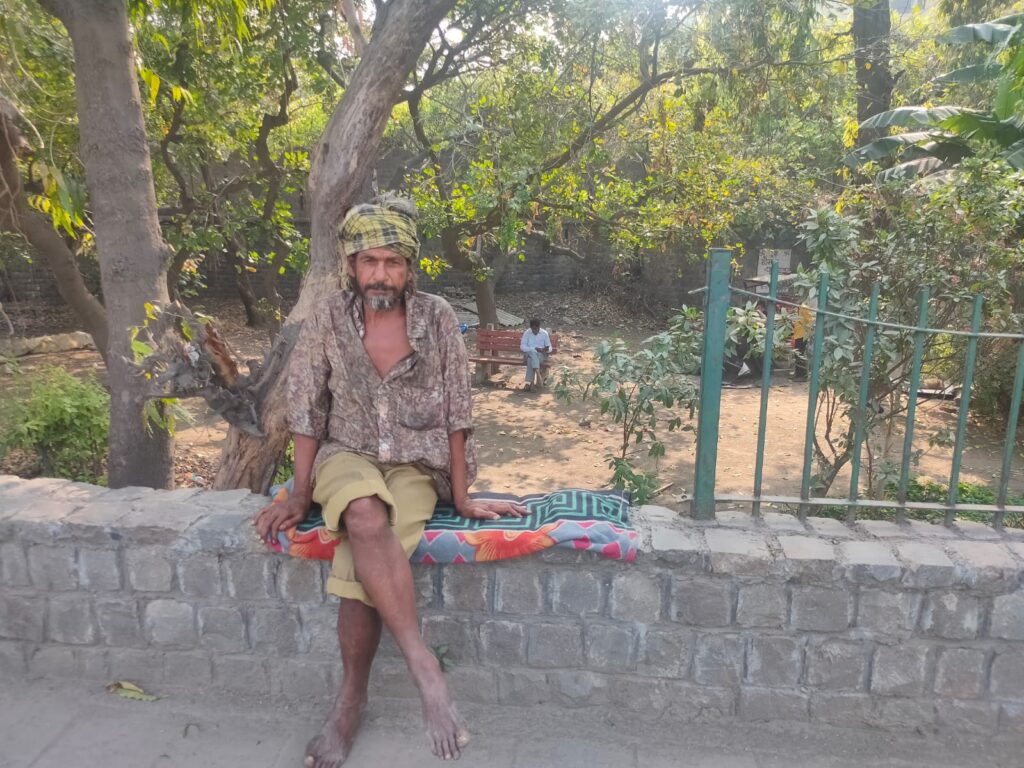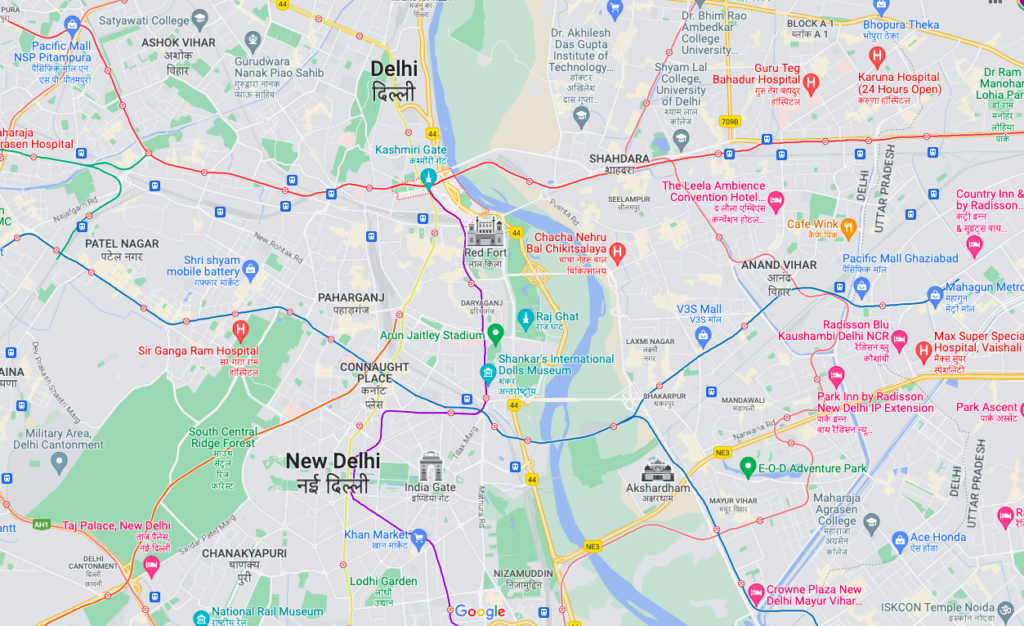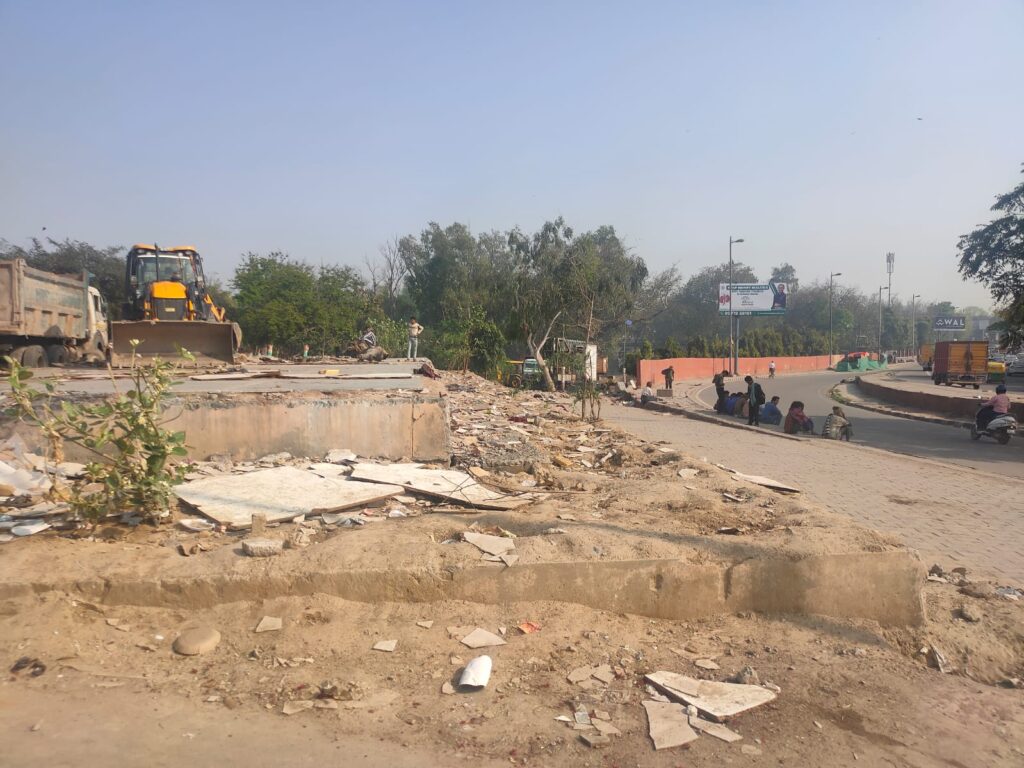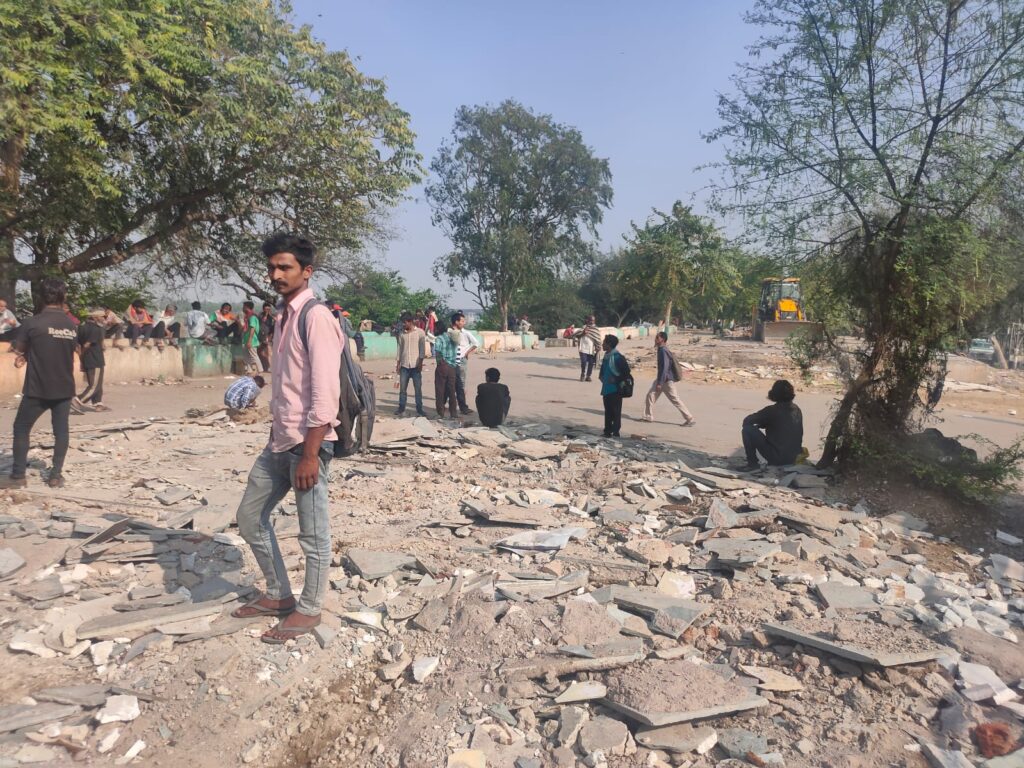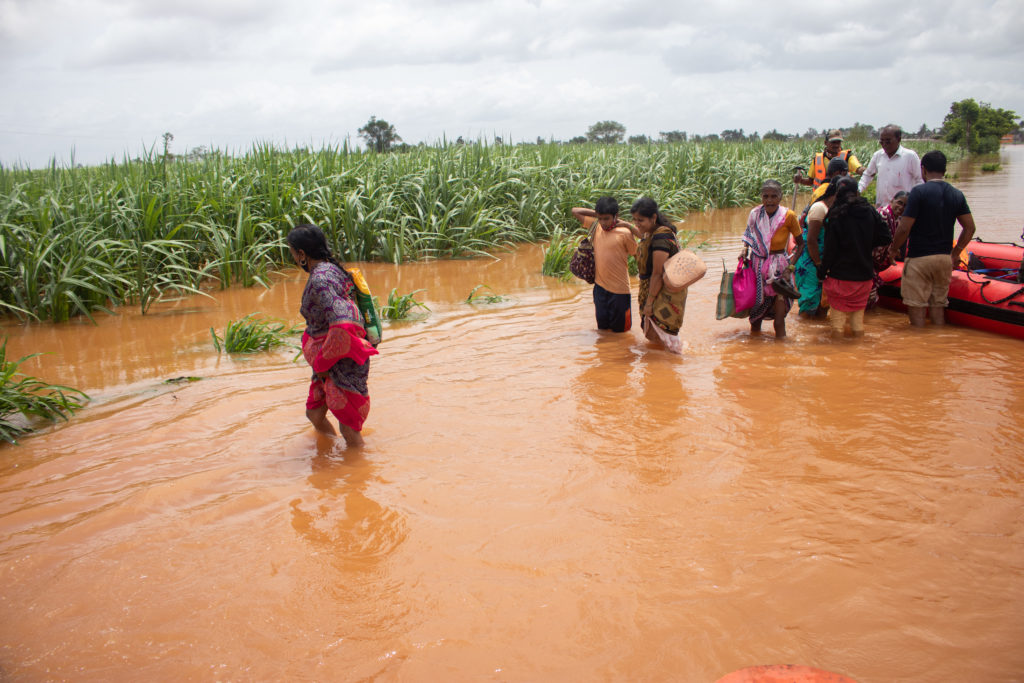
Only after collapsing did Reshma Koli realize she had been working amid heat waves. The temperature had soared to 45 degrees Celsius (113 degrees Fahrenheit) in April , but the only thing on Reshma’s mind was the monthly repayment of 3,000 Indian rupees ($38 USD) that helped her family meet everyday needs.
A 37-year-old farm worker, it takes her over 120 hours of bending and squatting in the fields to earn that money. An hour’s delay could cost her daily wages and incur interest.
While working in this scorching heat for over two months, all she had was a piece of cotton cloth wrapped around her head. Four fellow women farmworkers rushed to offer lemon juice as she collapsed. Koli then resumed her work in 20 minutes. But this is not a story of resilience.
“Even if we die, no one will notice. Every day, when we leave for work, we consider ourselves lucky if we return alive,” says fellow farmworker Akkatai Khot, 62, who tends to sugarcane saplings at a nursery in the Khutwad village of the western Indian state of Maharashtra’s Kolhapur district.
India witnessed the hottest March in 122 years. With temperatures several times crossing 49 degrees Celsius (120 degrees Fahrenheit) in northern India, heat waves amplified the existing fault lines between the few well-off and the ignored, unseen and unheard—women farm workers.
‘If We Take a Break, What Will We Eat?’
Koli, Khot and over 500 women agricultural laborers in Khutwad couldn’t afford to take a minute’s break in the heat waves.
“Ever since the 2021 floods, we barely get work for 15 days a month,” Koli said. “So if we take a break here, what will we eat?”
The number of working days for farmers is declining in India’s flood-affected regions because of the fluctuating regional climatic patterns. For example, what followed after the 2021 floods in Kolhapur district was an extended dry spell, a sudden drop in temperatures, incessant rainfall, and now heat waves.
‘Relocation Should Be Last Solution’
The Maharashtra government has proposed a plan to move people from the flood-affected areas, which scares Koli even more.
“Where will the government relocate us when almost all the villages here are facing the same conditions?” she asked. “At least there’s farmland in this area. What if the relocated place has no source of earning a livelihood?”
For communities that rely on agriculture, Indian Institute of Tropical Meteorology climate scientist Roxy Mathew Koll suggested information on drought and flood-resilient crop varieties should be made accessible.
“Relocating should be the last solution because these events will further intensify in several areas,” he said.
After the floods ravaged Reshma Koli’s house in 2019, she started experiencing a severe headache that persisted for two months. From analgesics to indigenous balms, nothing helped. Then, one afternoon as she felt dizzy, she was diagnosed with extremely high blood pressure and was immediately prescribed medications that she says will continue for a lifetime.
Community healthcare worker Maya Patil explains why chronic illnesses are rising in rural women in flood-affected villages.
“After the floods, almost every family took out a loan, as there was no farm work for three months,” she said. “Now, with the changing climate, farm productivity is falling rapidly, and they aren’t getting enough work to repay. The wages have dwindled, forcing their children to join the workforce, and this adds more stress.”
National Family Health Survey’s latest report confirms her analysis.
It shows a 151 percent rise in hypertension cases amongst rural women in Maharashtra’s Kolhapur district alone from 2015 to 2020.
Relying on Medicine to Labor in the Heat
With the onset of monsoon season, Ujjwala Chavan’s stress keeps mounting.
“Earlier, we waited for rain, but now every rainfall scares us,” she said. Chavan and her sister-in-law, Sampada—both in their 40s—collectively took out a loan of 400,000 rupees ($5,150) after the 2021 floods to sustain their joint family of more than 14 people.
Repaying this hefty amount had its impact. Chavan was diagnosed with hypothyroidism and Sampada with hypertension. Moreover, Chavan has taken a nonsteroidal anti-inflammatory drug every alternate day for close to a year now. “If I skip this, I won’t be able to work because of the body pain and weakness,” she said.
The ongoing heat waves have aggravated the existing medical conditions of several flood-affected women. Thirty scientists from the World Weather Attribution Network found climate change has made the current heatwaves in South Asia—especially in India and Pakistan—30 times more likely.
Despite drinking five liters of water daily, Sampada said she still feels thirsty and dizzy.
“I couldn’t understand what was happening,” she said. “There’s no alternative to facing a heat wave when you can’t make ends meet.”
In July, as the floodwater started reaching Khutwad from the nearby Krishna river, 10 farm workers—including Sampada—rushed to save over 800,000 sugarcane saplings.
“Meanwhile, floods washed away everything in our house,” Sampada said.
A split-second delay could have cost their lives as the water gushed speedily.
“In both of the floods, I collectively lost over a million sugarcane saplings, three sugarcane-bud cutting machines, and 50 metric tons of coco peat,” said Amol Mahatme, 34, the owner of the sugarcane nursery.
During the heat waves, too, several saplings couldn’t germinate, further affecting everyone in the farm cycle. Women farmworkers are the most affected, as they remain the least paid and most overworked.
Rising Chronic Illnesses
For the first time, the United Nations’ Intergovernmental Panel on Climate Change (IPCC) report mentioned climate change has “adversely impacted” mental health. It warns, “Mental health challenges, including anxiety and stress, are expected to increase under further global warming in all assessed regions, particularly for children, adolescents, elderly, and those with underlying health conditions.”
Dr. Madhuri Panhalkar, the only public doctor for 8,000 people in three villages in the Kolhapur district, has been treating many flood-affected patients. She says, “Even if the patients eat healthy food, that isn’t enough,” she said. “The stress levels are rising rapidly as the climate keeps fluctuating.” So Panhalkar is holding awareness sessions in the flood-affected villages, in an attempt to normalize conversations around mental health.
In 1990, non-communicable diseases (NCD) contributed to 37 percent of deaths in India. That figure almost doubled to 66 percent in 2019. Government figures reveal one in four Indians are at the risk of dying from NCD before the age of 70.
“We need gender-based village-level data on what kind of illnesses are rising rapidly in the region,” Koll said. “Then, based on this data, we can have early warning systems for health, also.”
In 2021, India lost 5.04 million hectares (12.45 million acres) of farm area to floods, cyclones, landslides, cloudbursts and other climate events. India has been experiencing 17 flood events every year since 2000, making it the second-worst flood-affected country in the world after China. This has impacted 345 million Indians, the equivalent of nine Californias.
An agricultural laborer for over two decades, Sampada said she had never experienced such devastation. But, with the rising incidences of heat waves, she has also experienced fading vision in her eyes, pointing to something serious. “If I go to a doctor, I’ll have to take a day off, which I can’t afford.” Women in sugarcane nurseries of the Kolhapur region are paid around $2 to $4 for 10 to 12 hours of work daily.
While medications have kept her going, she has been worried about overusing them and being unable to seek proper treatment in time. Her resort, though, can be fatalistic.
“It’s a dilemma, with suffering as the only answer,” she said, lifting over 20 kilograms (44 pounds) of soil on her head.
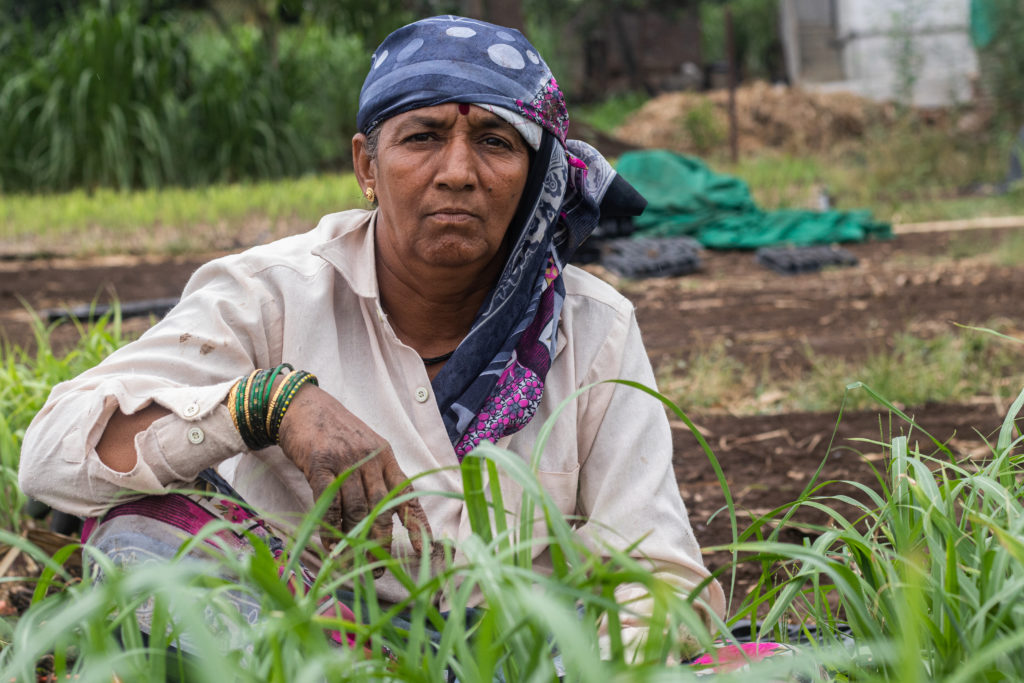
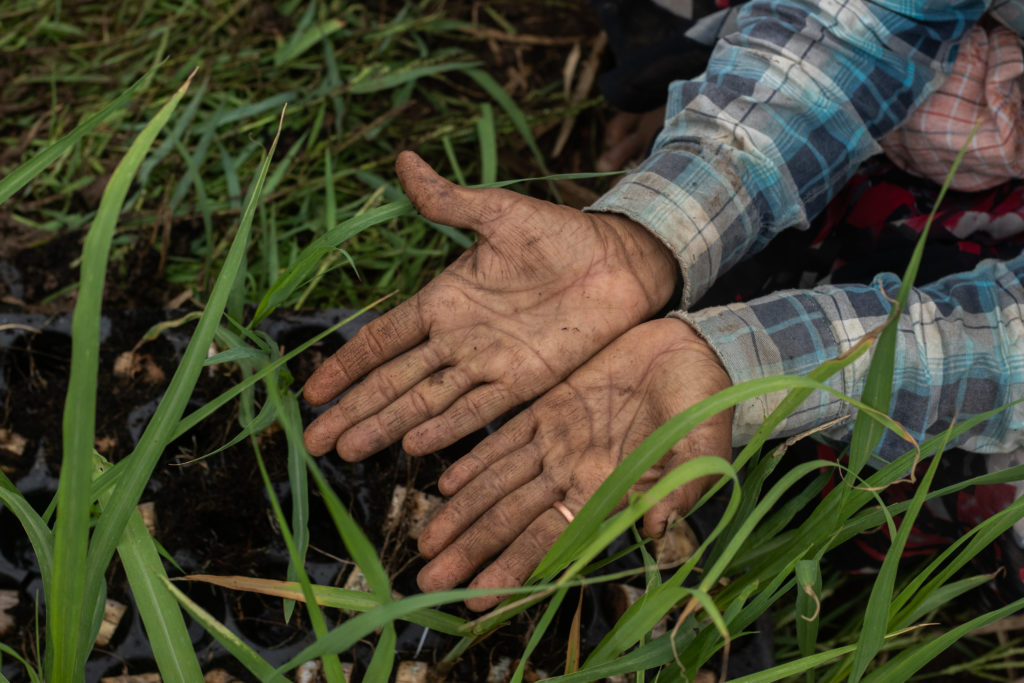
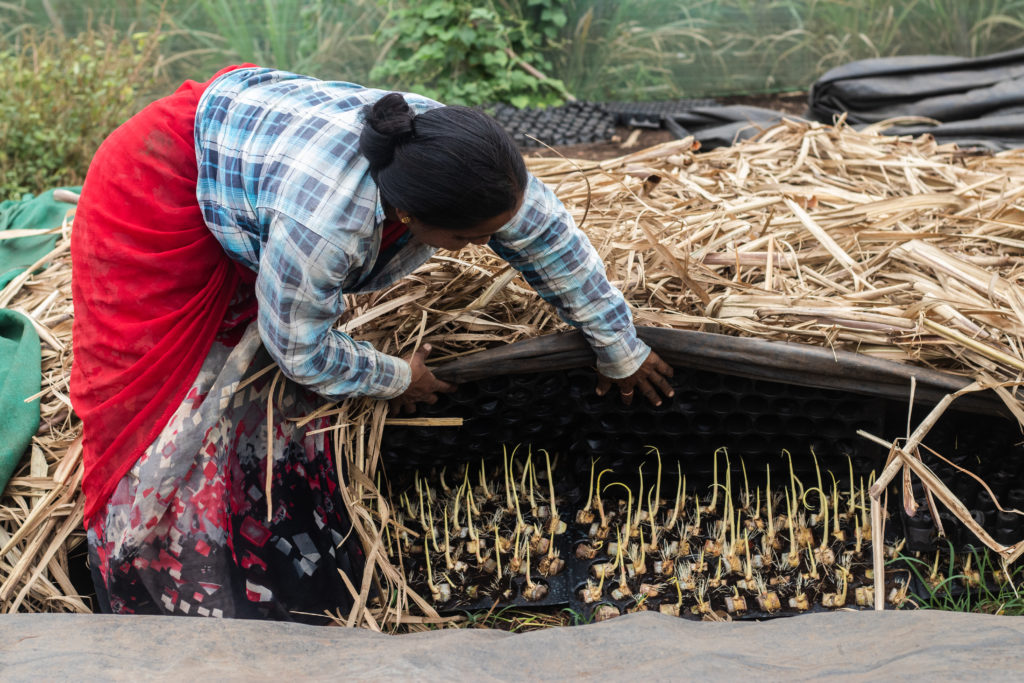
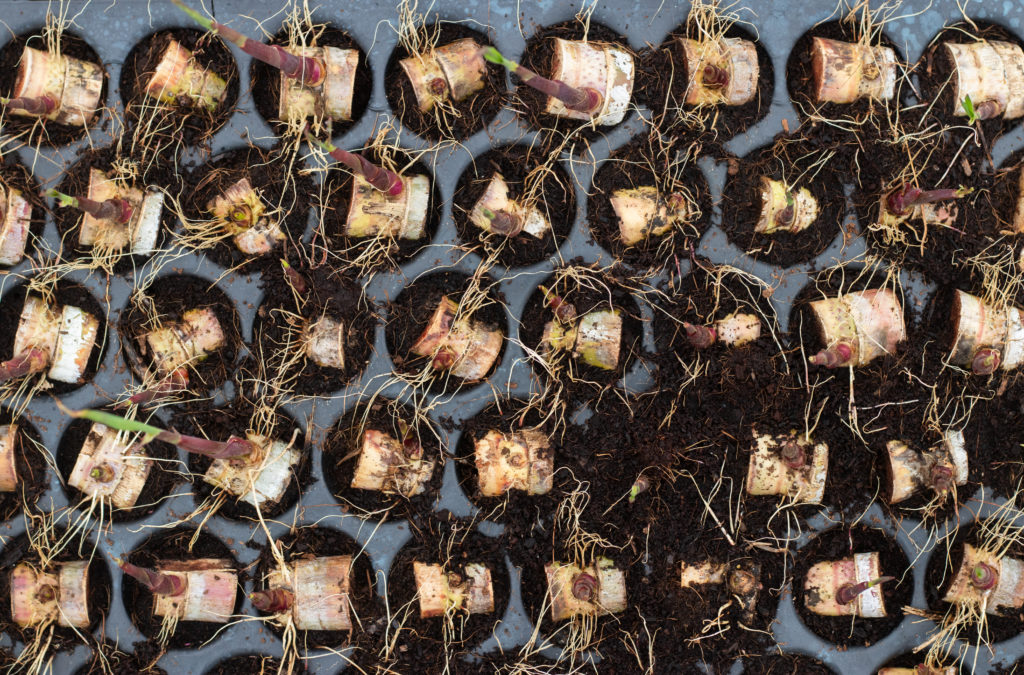
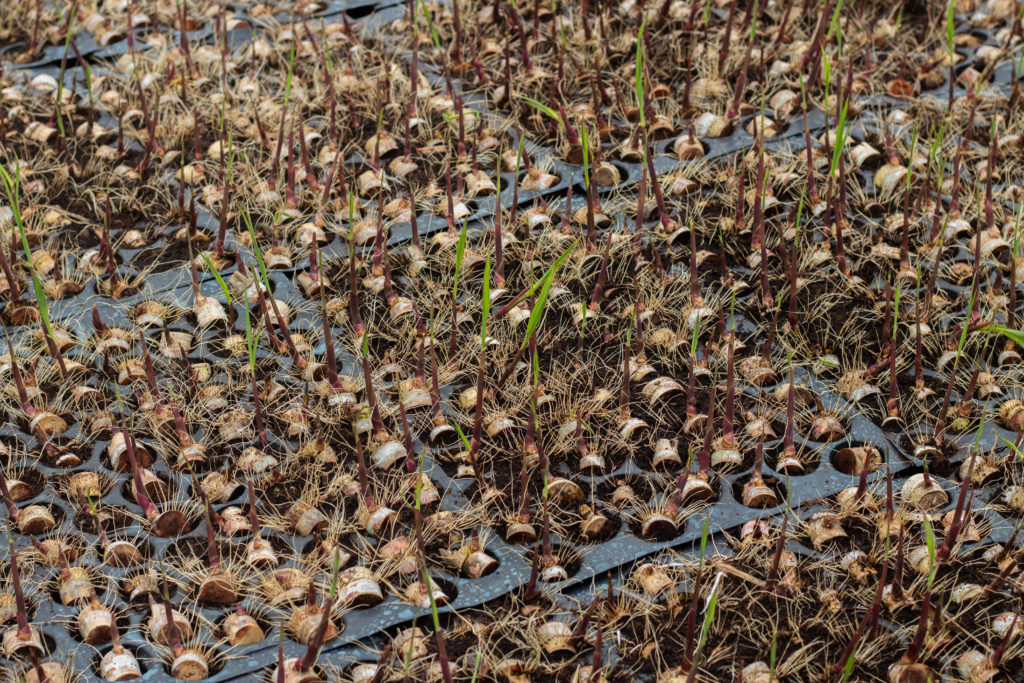
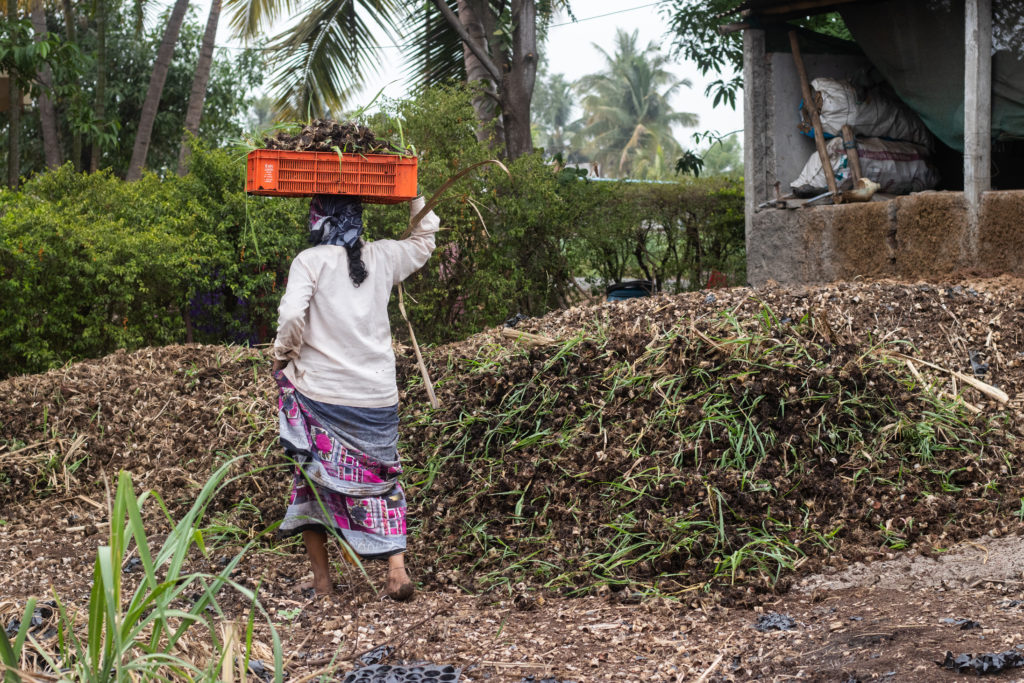
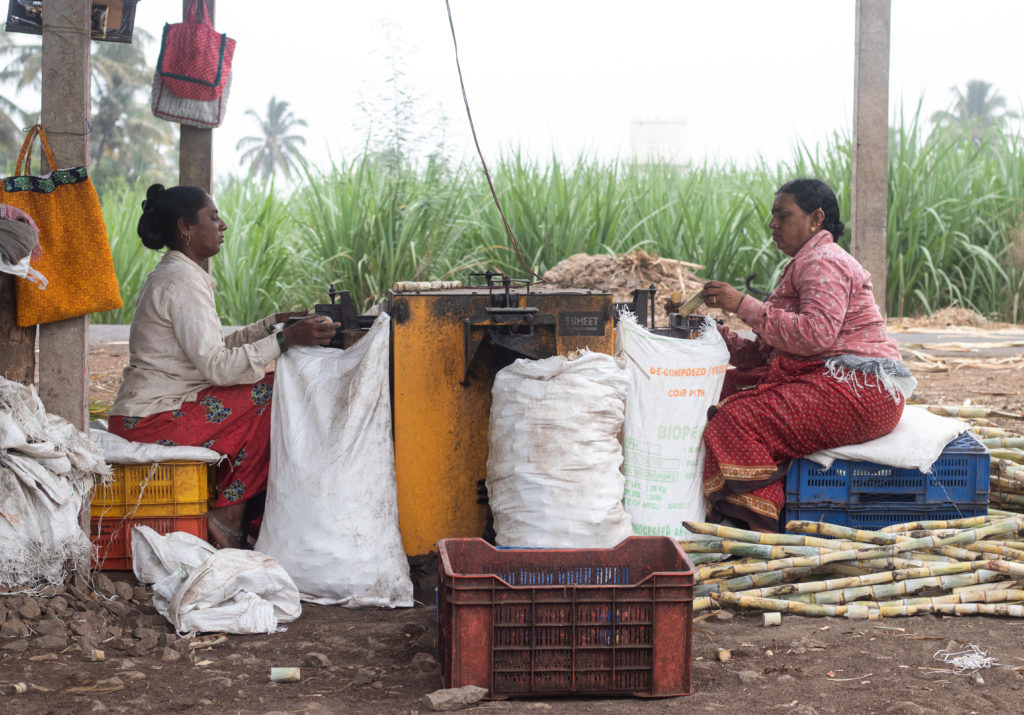
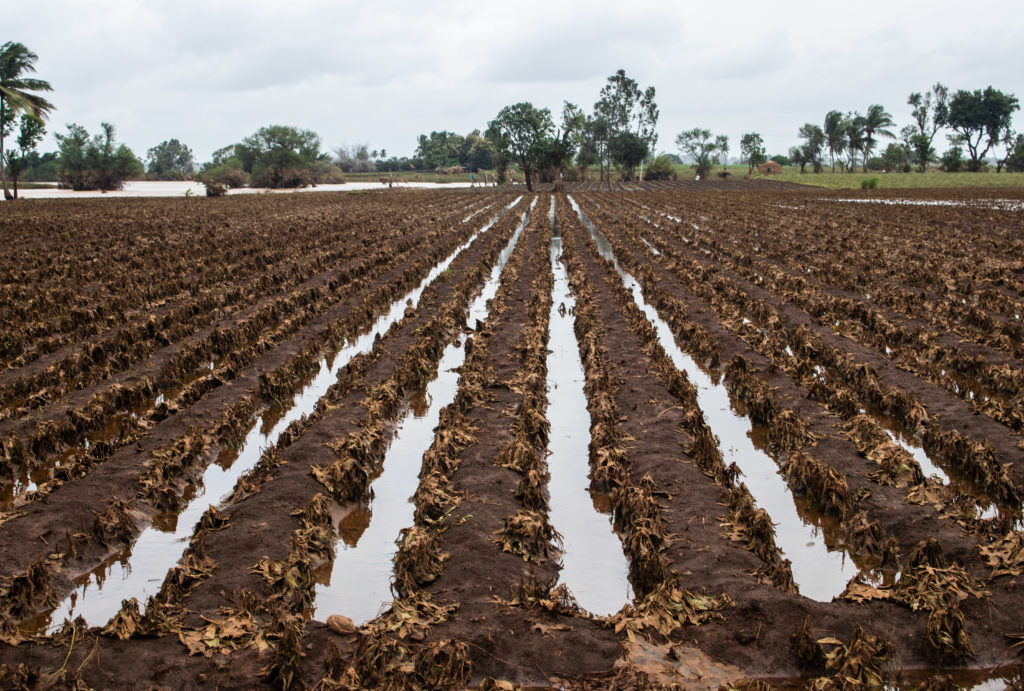
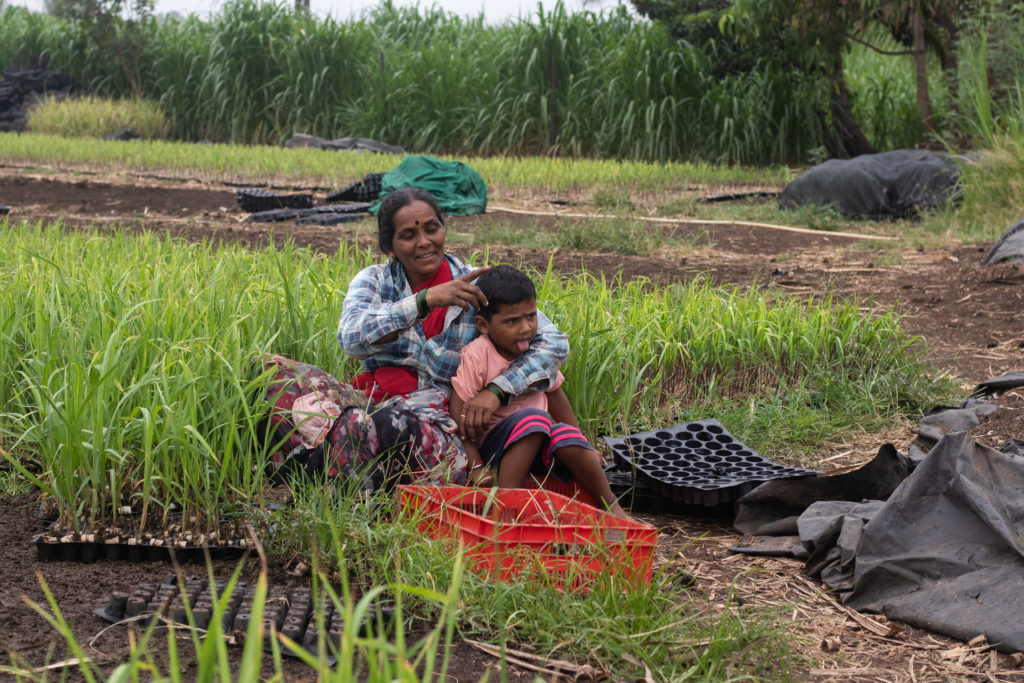
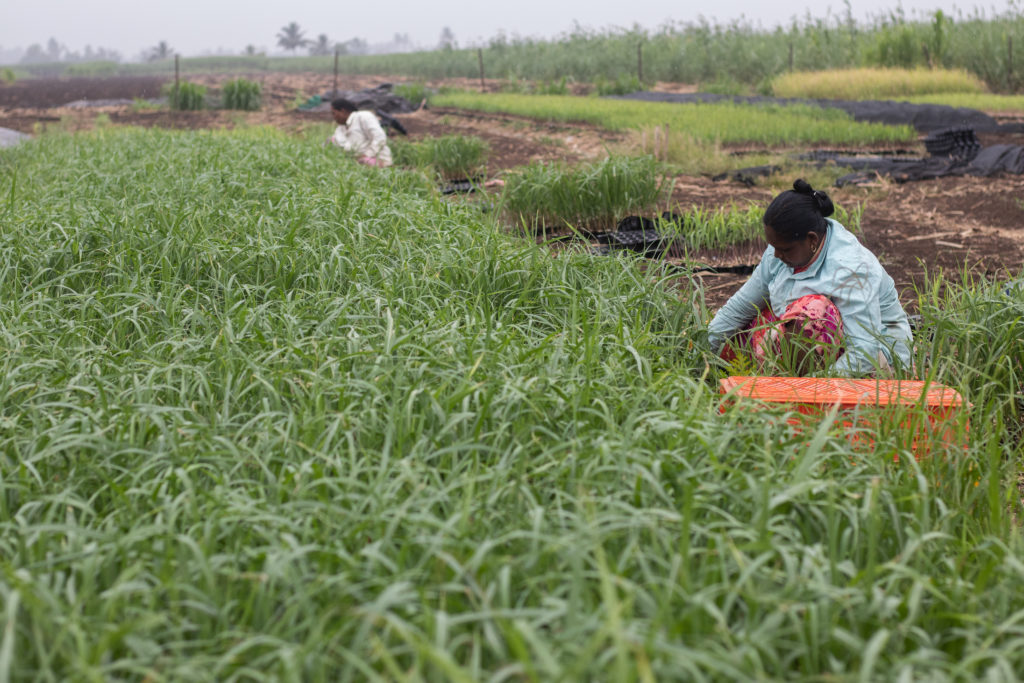
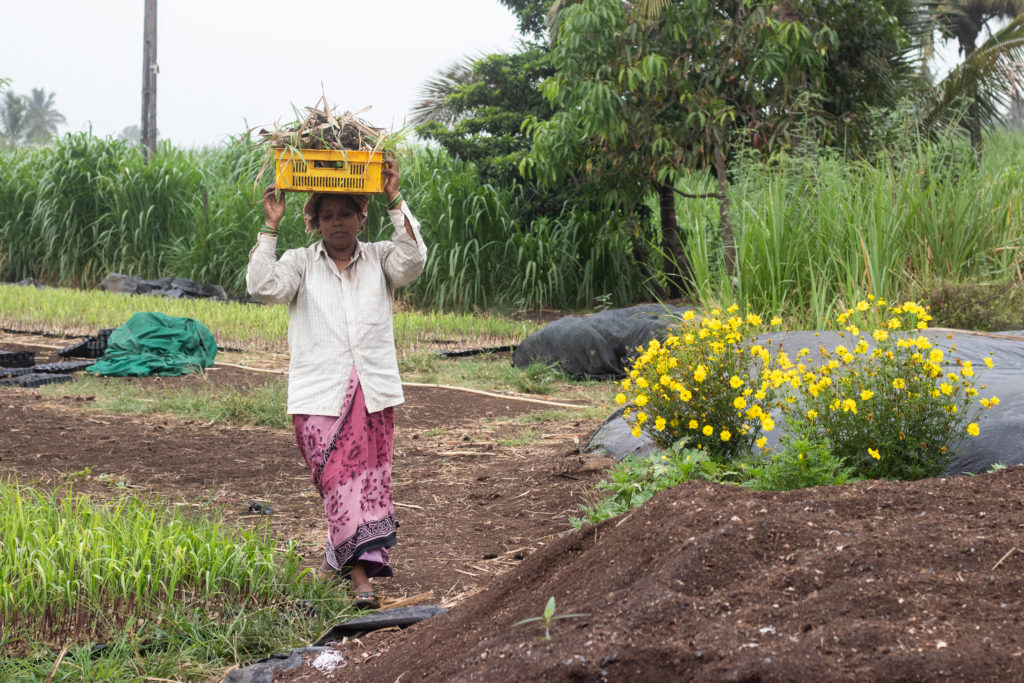
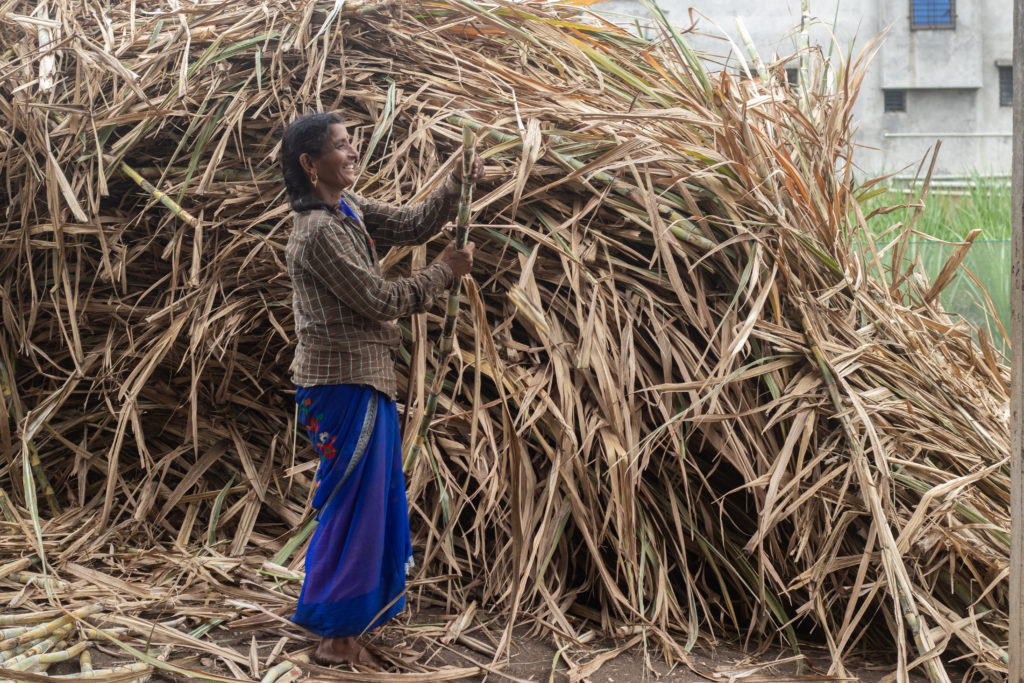

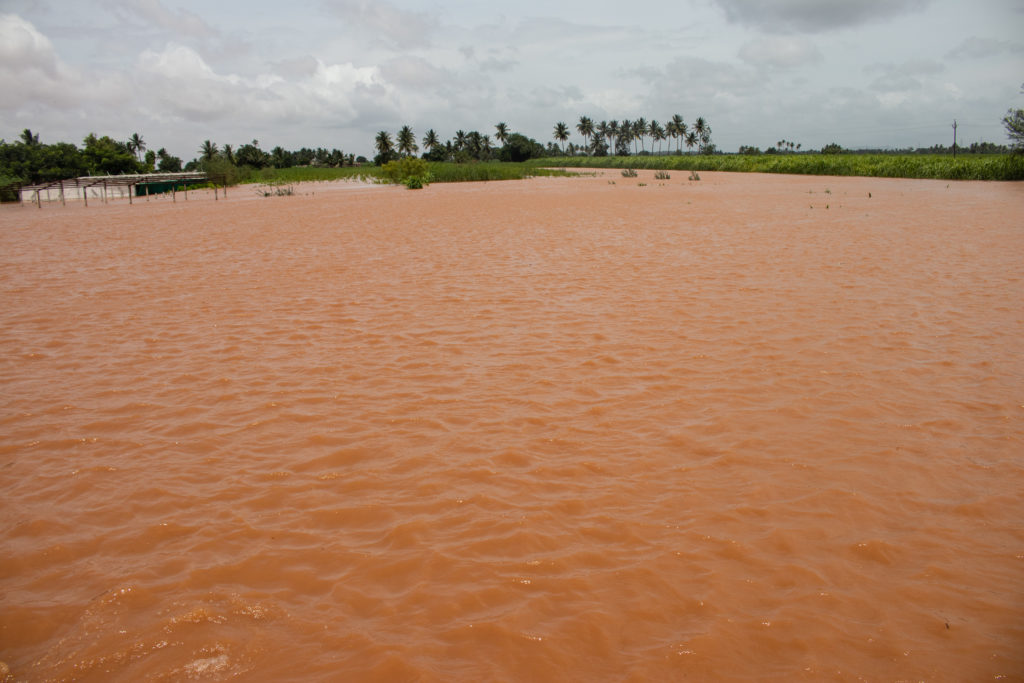
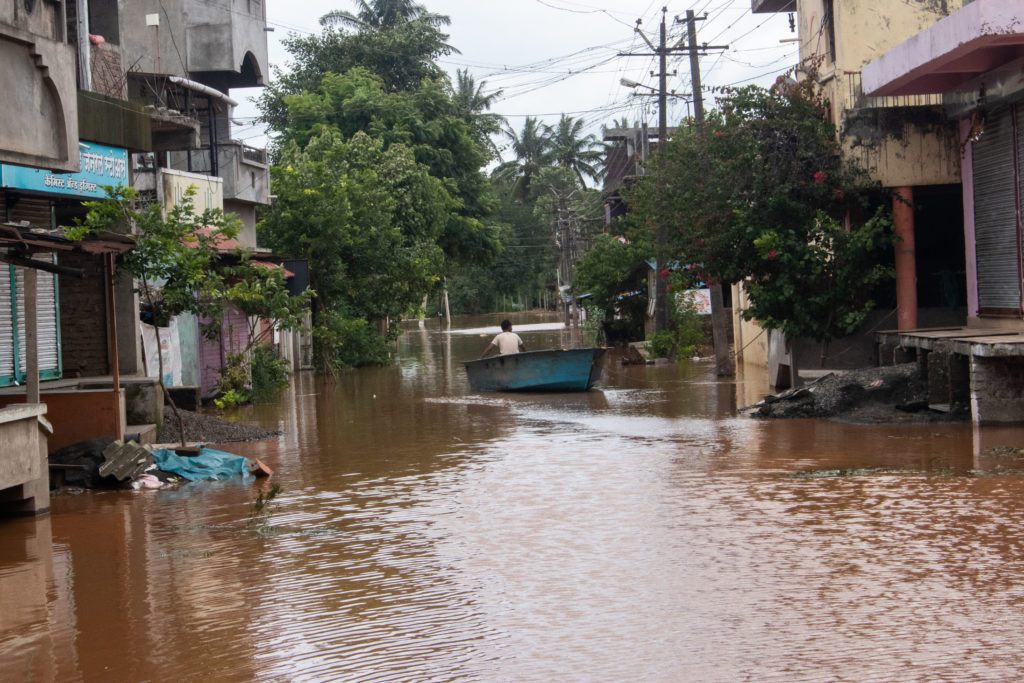
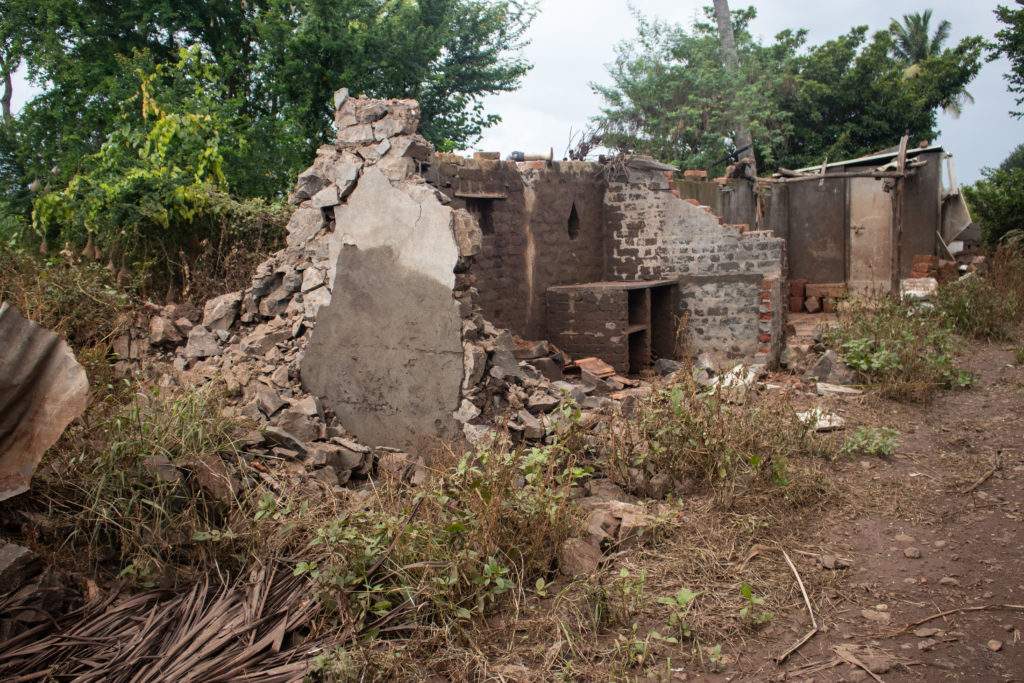
Sanket Jain is an independent journalist based in the Kolhapur district of the western Indian state of Maharashtra. He was a 2019 People’s Archive of Rural India fellow, for which he documented vanishing art forms in the Indian countryside. He has written for Baffler, Progressive Magazine, Counterpunch, Byline Times, The National, Popula, Media Co-op, Indian Express and several other publications.

